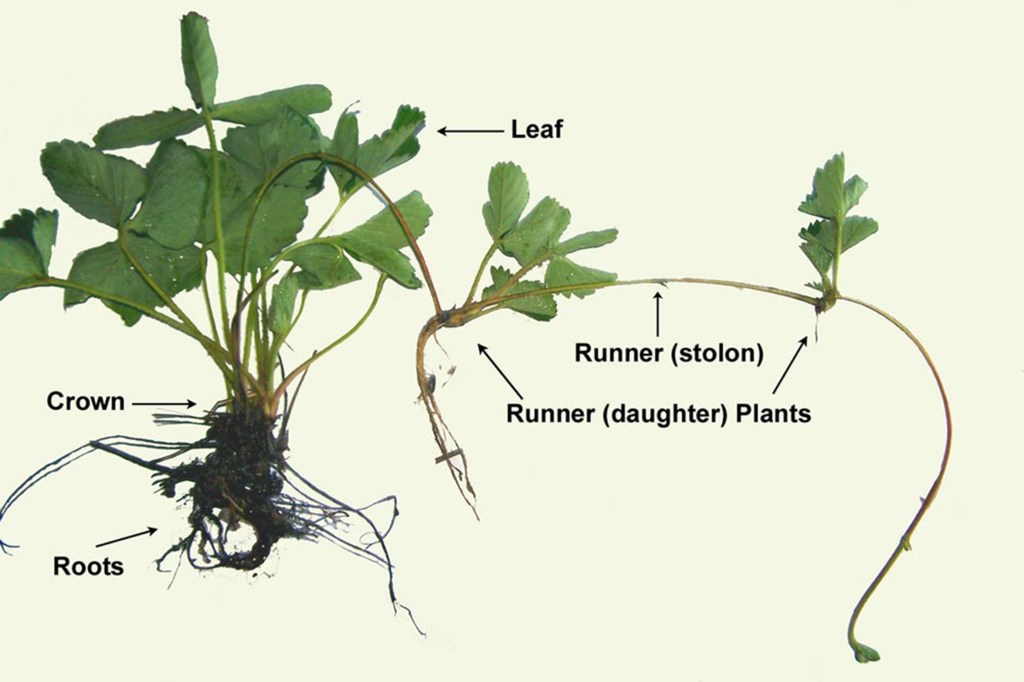ONE GARDENER TO ANOTHER: Plant strawberries in fall for summer harvest
Published 12:00 pm Wednesday, October 25, 2017

- Strawberries should be spaced 18 inches apart. This allows for proper irrigation and gives a place for the “daughters,” commonly called “runners,” to develop.
As a foodie, when I think of delicious, sweet strawberries, I think of summer. As a gardener, on the other hand, I think fall.
Strawberries established in the fall will have a much higher yield the following season. I use strawberries often in summer dishes, so a high yield is definitely what I’m looking for.
There are a few different types of strawberry plants — spring bearing, June bearing and everbearing. In Alabama, the June bearing plants thrive best. Planted through October, June bearing plants produce the stems and flowers during the cool weather of late fall and throughout the winter.
June-bearers, as their names suggests, bear fruit in June. They produce one large crop of fruit, over two to three weeks, each growing season. Ideally, for this reason, gardeners plant at least one early, one midseason and one late season cultivar to spread out the harvest season.
The recommended varieties and their bloom times for Alabama are: Albritton (late midseason), Allstar (midseason), Cardinal (early season), Chandler (early season), Delite (very late season), Douglas (very early season), Earlibelle (early midseason), Earliglow (early season) and Sunrise (early season).
Like other fruit-producing plants, strawberries should receive at least six hours of sun per day. They can be grown in partial shade, but the fruit yield and quality will suffer.
In hotter climates, during the heat of summer when temperatures rise above 85 degrees, strawberries benefit from the use of a 30-percent to 60-percent shade cloth.
The percentage of a shade cloth refers to the percentage of sun and UV rays blocked. Forty-percent shade cloth blocks 40 percent of the sunlight. It filters light to reduce plant stress and prevent the leaves from burning and the soil from drying out quickly.
Strawberries need a soil pH of 6.0-6.8. A soil test should be performed so that adjustments can be made before planting to reduce injury to the plant. Strawberries should not be planted where tomatoes, peppers, eggplant or Irish potatoes have recently been grown because they are all susceptible to Verticillium wilt and would follow the same rotation cycle.
June bearers do best planted in raised rows that are 24 inches wide. Space plants 18 inches apart in the center of the raised mounds. This allows for proper irrigation and gives a place for the “daughters,” commonly called “runners,” to develop.
Plant so that the crown of the plant is slightly above the soil line. The crown is where the stem meets the roots. Strawberry plants require 1 to 2 inches of water per week.
Each strawberry plant can produce for two to three years. The daughters then become the mother plant. Flowers can be pinched from the mother plant the first year to encourage plant production the following year.
Strawberries should be mulched, not only to help maintain soil temperature and moisture, but also to help keep fruit clean and prevent fruit rot. Straw is traditionally used to mulch strawberry beds, but other mulches, such as pine straw, can be used.
Whether used in sweet or savory dishes, there is nothing quite like a strawberry plucked straight from the vine. Until next time, happy gardening.
— Irland, a member of the Limestone County Master Gardeners, can be reached at kippirland@hotmail.com. For more information on the Limestone County Master Gardeners, visit http://mg.aces.edu/limestone.





